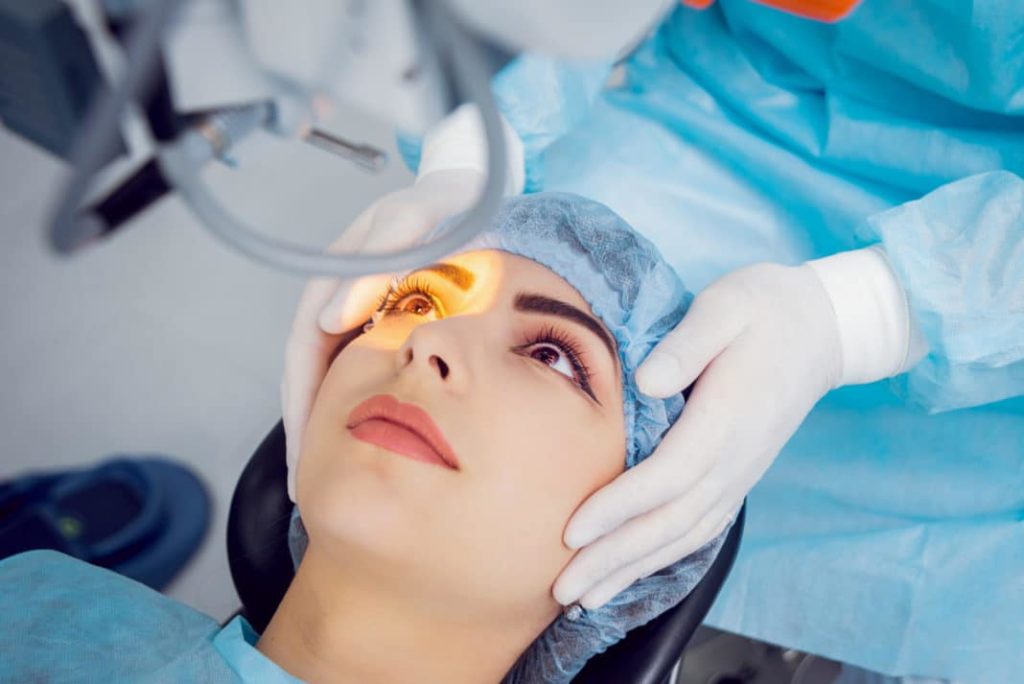Why would I have a LASIK?
LASIK is a type of laser eye surgery to treat a range of common vision problems, including near-sightedness (myopia), far-sightedness (hyperopia), and astigmatism. In some cases, it may also be performed on patients who have mild to moderate cases of refractive errors. The procedure reduces the dependence of prescription glasses or contact lenses.
What are the benefits of having LASIK?
Besides its main purpose to correct vision, LASIK also has many other additional benefits and advantages which include:
- Vision is corrected almost immediately
- No bandages or stitches required
- Quick and easy recovery with almost no pain
- Long-lasting results
- No more glasses, so you can enjoy sports and other activities
- No more contacts
- Improved quality of life
- Save money in the long run as you don’t need to buy contact lenses, glasses, solutions, or optometrist appointments after the surgery.
What is the recovery time?
You may experience blurry and hazy vision for the first day, but your vision will significantly improve within the next day or the next few days following the surgery. Your eyes will continue to heal and improve for approximately 6 months. However, you should be able to return to work within a few days after the surgery as long as your job does not involve a lot of physical activities.

How long will I need to stay in the hospital after my procedure?
LASIK is usually performed on an outpatient basis, so you should be able to leave the hospital after the effects of anesthesia and sedation wear off. It usually takes 10 minutes for one eye and about 30 minutes for both eyes.
How long should I expect to stay overseas after my procedure?
Aim to stay overseas for about 3 to 5 days to allow your body to recover. You also will need to attend a follow-up check-up for an evaluation 1 to 2 days after LASIK. Your eye doctor will make sure your eyes are healthy and healing properly and may also check your clarity of vision.
What aftercare should I take into consideration?
Your eye doctor will give you strict follow-up aftercare instructions. You may need to avoid any strenuous activities during your recovery period to ensure that your eyes heal properly. You may need to attend regular follow-up visits, but you can choose to do this with your local eye doctor.
What’s the success rate like?
It has a very high success rate of around 95%. However, as with any surgical procedure, LASIK carries some side effects and risks, which include dry eyes, night vision problems, and eye infections.
Are there alternatives?
The most common alternatives to LASIK are Phakic intraocular lens implants and Epi-Lasik. With Phakic intraocular lens implants, an artificial lens made of silicone or plastic is implanted into your eyes. With Epi-Lasik, a laser is used to remove the natural lens and replace it with an artificial intraocular lens.

